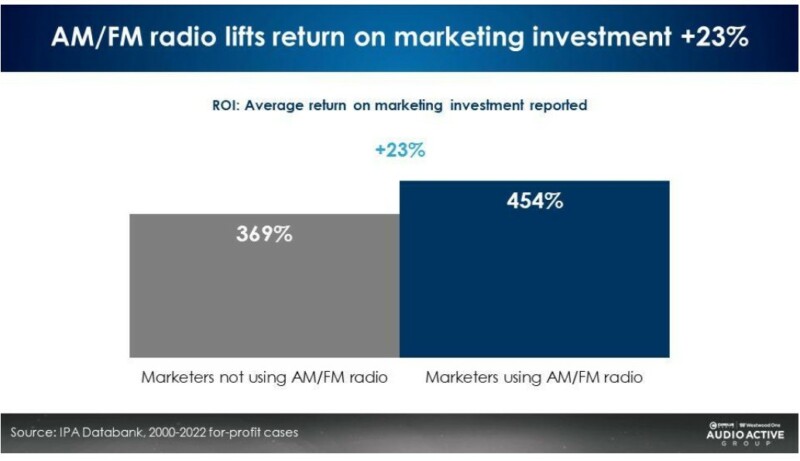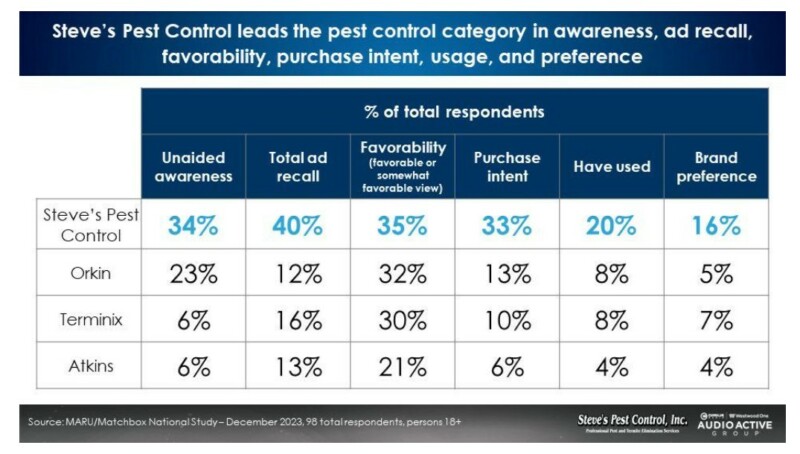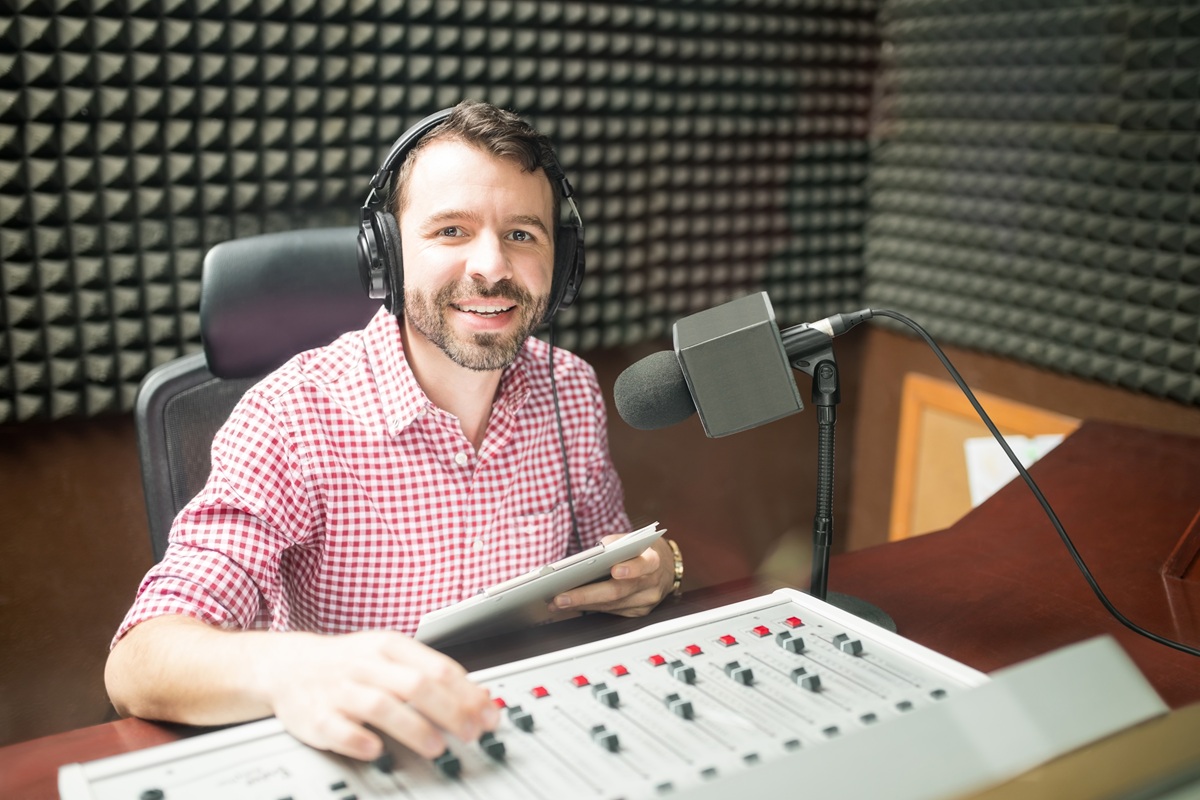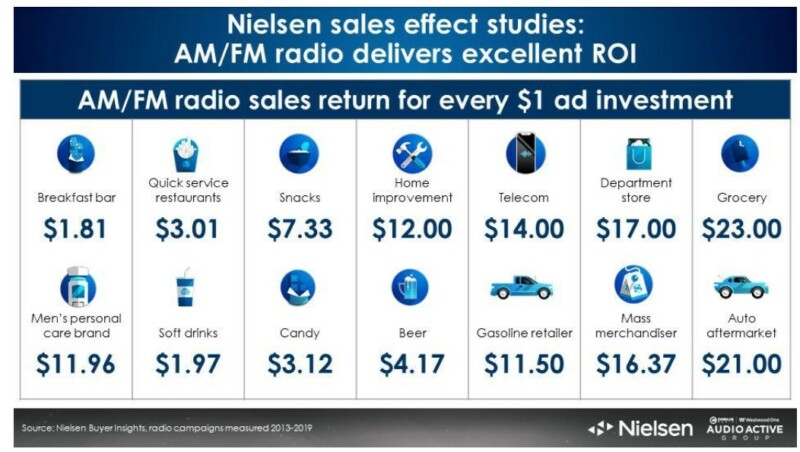In an era where digital dominates the advertising landscape, traditional radio advertising continues to prove its effectiveness in driving brand growth, sales, and profitability. A new study from marketing effectiveness expert Peter Field highlights the undeniable impact of AM/FM radio advertising, revealing that brands using radio experience significantly more substantial market share, pricing power, brand recall, and return on investment.
The Power of Radio Advertising: Key Findings
Field’s research, The Long and the Short of It – 10 Years On: Radio’s Enduring Role in Effectiveness, is based on an analysis of over 1,200 marketing case studies from the Institute of Practitioners in Advertising led by marketing consultant Peter Field. The findings demonstrate that integrating radio into a media strategy provides substantial competitive advantages:
- Market Share Growth: Brands using AM/FM radio advertising enjoy a 28% higher market share than those without. The study found that companies leveraging radio see an average market share of 32% versus just 25% for brands without it.
- Increased Mental Availability: Radio increases brand recognition and recall by 13%, ensuring that a brand remains top-of-mind when consumers make purchasing decisions.
- Pricing Power & Profitability: Brands that include radio in their media mix experience a 17% increase in pricing power, allowing them to maintain or raise prices without losing customers. This results in a remarkable 42% boost in profit growth compared to brands that do not advertise on AM/FM.
Radio Delivers an Exceptional Return on Investment
Return on investment (ROI) is one of the key metrics that advertisers consider when selecting media channels. According to Nielsen, AM/FM radio ranks among the highest ROI media platforms, delivering an average return of $10.59 for every $1 spent. Additional research from Nielsen Media Mix Modeling confirms that brands using AM/FM radio see a 23% greater return on marketing spend.

Source: Cumulus Media/Westwood One blog
Furthermore, Ebiquity and Gain Theory studies rank audio as the second-best medium for short-term ROI and third for long-term ROI, reinforcing radio’s position as a powerful advertising channel.
Real-World Success: Steve’s Pest Control
A compelling example of radio advertising’s effectiveness is Steve’s Pest Control. This Missouri-based company grew from a single van to a fleet of 90 vehicles by consistently investing in AM/FM radio advertising.
For over 30 years, Steve Hotsenpiller and his team dedicated 8.5% of their revenue to radio advertising, expanding their reach across multiple stations. Their strategic commitment paid off:
- 34% unaided brand awareness
- 40% ad recall
- Purchase intent 2.5x higher than competitors

Source: Cumulus Media/Westwood One blog
This case study illustrates how radio’s broad reach and high engagement can drive sustained brand growth and market dominance.
Why Brands Should Invest in Radio Advertising Now
With radio delivering strong ROI, market share growth, pricing power, and brand recall, marketers should reconsider their media mix and allocate more of their budgets to AM/FM advertising. Peter Field’s research proves that radio isn’t just relevant—it’s crucial to a successful marketing strategy.
Brands that invest in radio advertising today can build a stronger, more profitable future, just as Steve’s Pest Control and countless others have done.
Looking to maximize your advertising impact? Contact us today to explore how programmatic radio advertising can drive brand growth.
The field’s results can be found via the Cumulus Media/Westwood One Audio Active Group.




